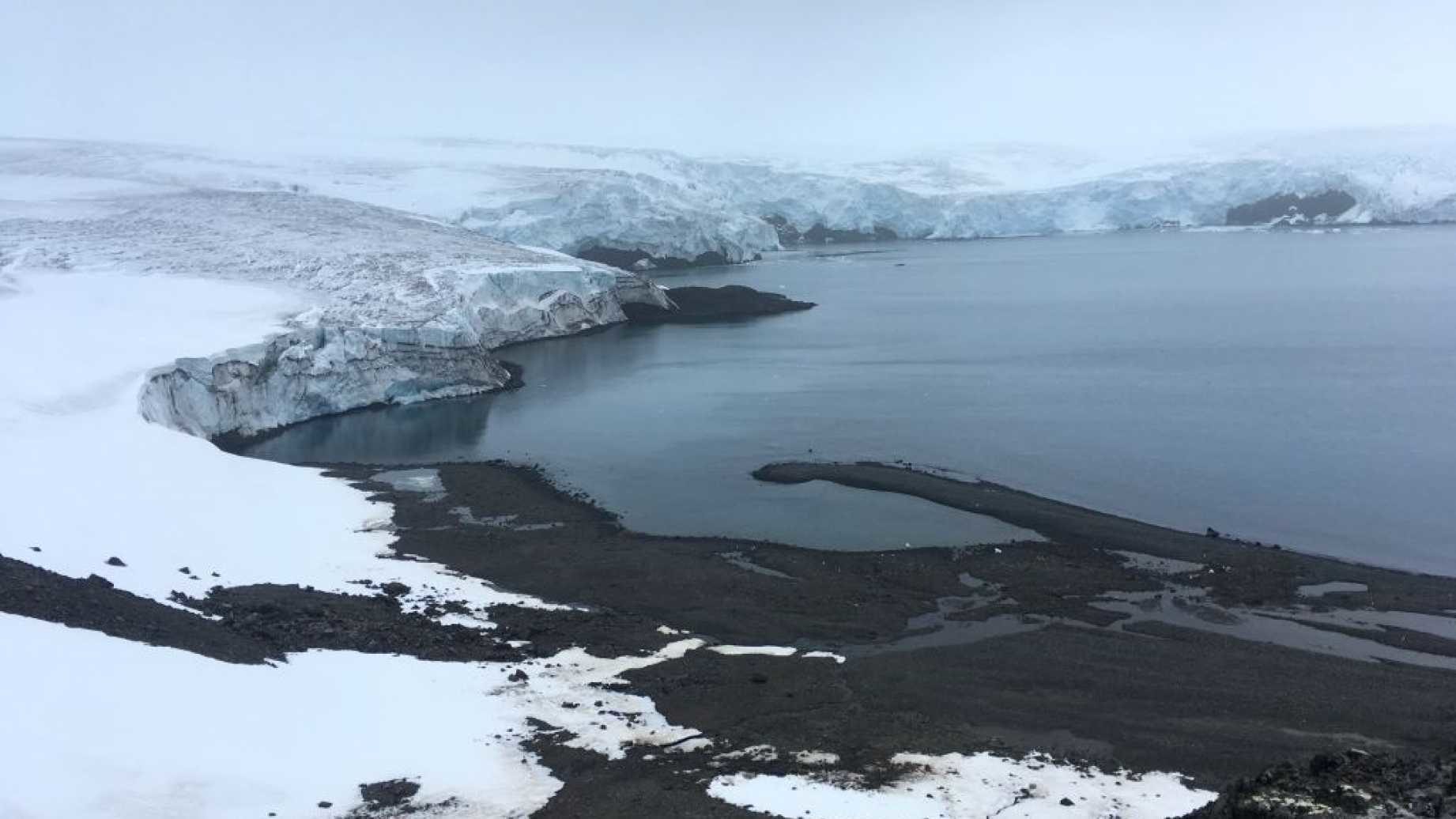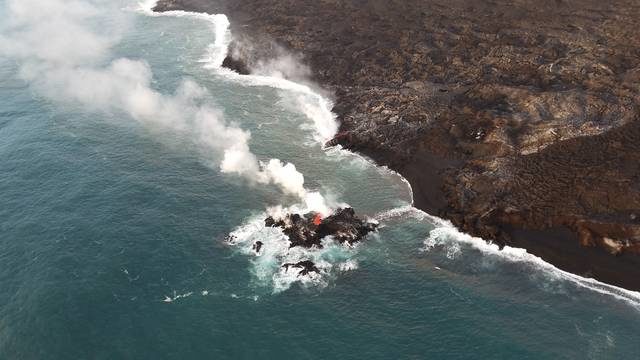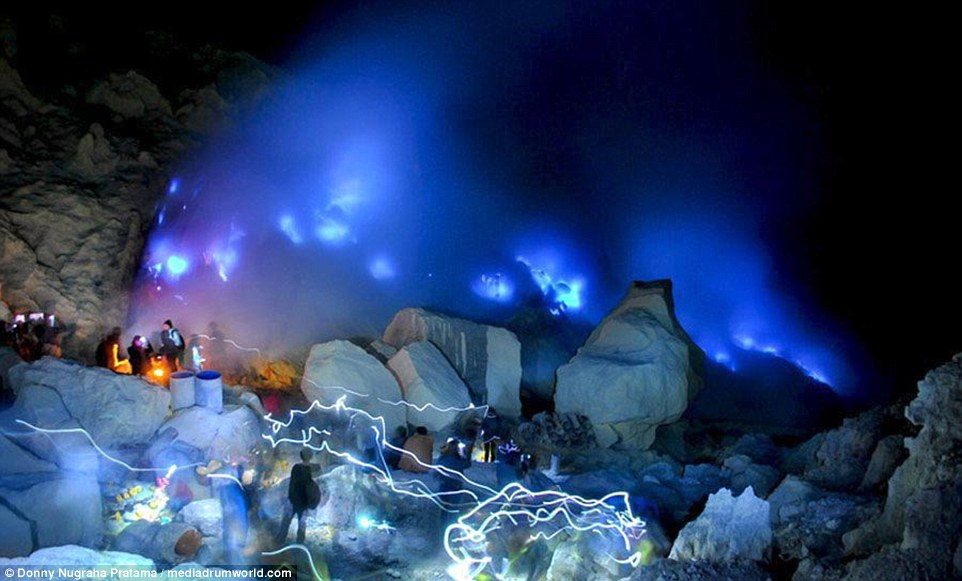
© MATHILDE BELLENGER/AFP/Getty ImagesRest easy, Antarctica isn’t melting away, and you aren’t going to drown because of it.
Nearly all of the major news outlets last week ran attention-grabbing
headlines uncritically
reporting a supposed crisis of rapidly increasing melting of Antarctica. According to the reporting, accelerated melting of the continent's ice could raise sea level significantly and bring catastrophic coastal flooding to communities all over the world. If true, we should all be very alarmed about severe negative consequences to hundreds of millions of people.
This spate of Antarctic alarm was triggered by a
study from an international team that measured ice volume and reported a dramatic increase in ice loss in recent years. This new study contradicts previous research which had consistently shown the continent steadily gaining ice volume since the beginning of the satellite era in the late 1970s.
NASA glaciologist Jay Zwally -- likely the pre-eminent expert on Antarctic ice accumulation and loss -- published a
study in 2015 showing that ice loss in western Antarctica* and the Antarctic Peninsula was more than offset by significant accumulations in the rest of the continent. Both Zwally and the recent researchers were measuring the same thing, but the
difference appears to be in the corrections made in adjusting for the movement of the Earth beneath the ice.



Comment: See also: Hawaii: Is the cone of Kilauea's fissure 8 a new volcano?